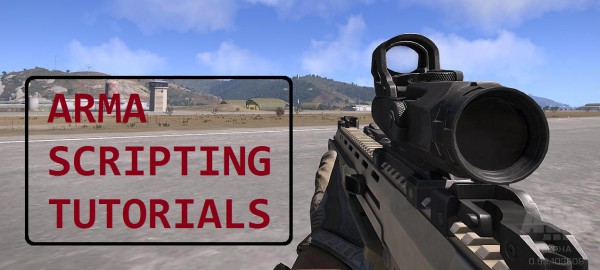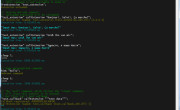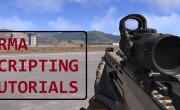Here is new command for you, setDetailMapBlendPars, which has not yet been documented as of time of writing but seems like it has existed since ArmA 3 Alpha. So what does this command do? You might have already noticed ugly distant terrain textures in ArmA 3 and so even more obvious if you look through a scope or binoculars:
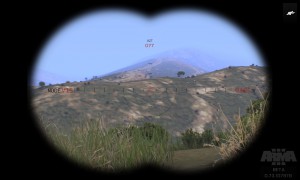 | 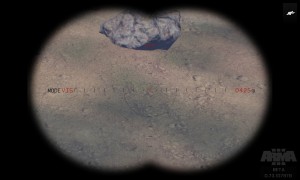 |
I actually set up the above example using the code below, but it is not that far from the default texture detail handling in ArmA 3 at this moment:
And here is the syntax of setDetailMapBlendPars command:
- setDetailMapBlendPars [fullDetail,noDetail]
- fullDetail - threshold distance in metres up to which the terrain will have full texture detail
- noDetail - threshold distance in metres after which the texture detail will be switched off
If noDetail > fullDetail, the texture detail will incur smooth transition in the area between the thresholds. If noDetail <= fullDetail there will be obvious visible edge between texture detail changes at fullDetail distance. Observe:
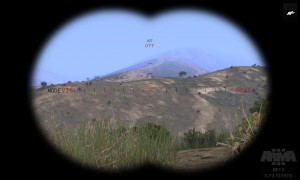 | 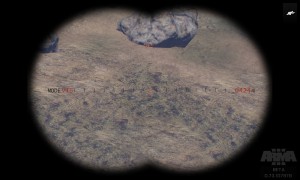 |
Here I’ve set the texture detail to extend only for 430 metres with this code:
As you can see it has rather sharp visible edge at threshold distance, but it also gives us full texture detail when looking through binoculars too. I haven’t noticed any significant impact on FPS or performance with longer distances, but if you are worried about it, I’m sure texture detail could be dynamically scripted for when using powerful optics.
What I didn’t like about increased texture detail at distance is that you can start seeing patch patterns where same textures meet. Anyway, here is the same detail distance before and after cut off threshold extended 70 metres forward to smooth the detail transition:
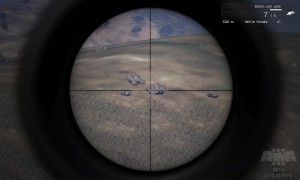 |  |
Enjoy,
KK

